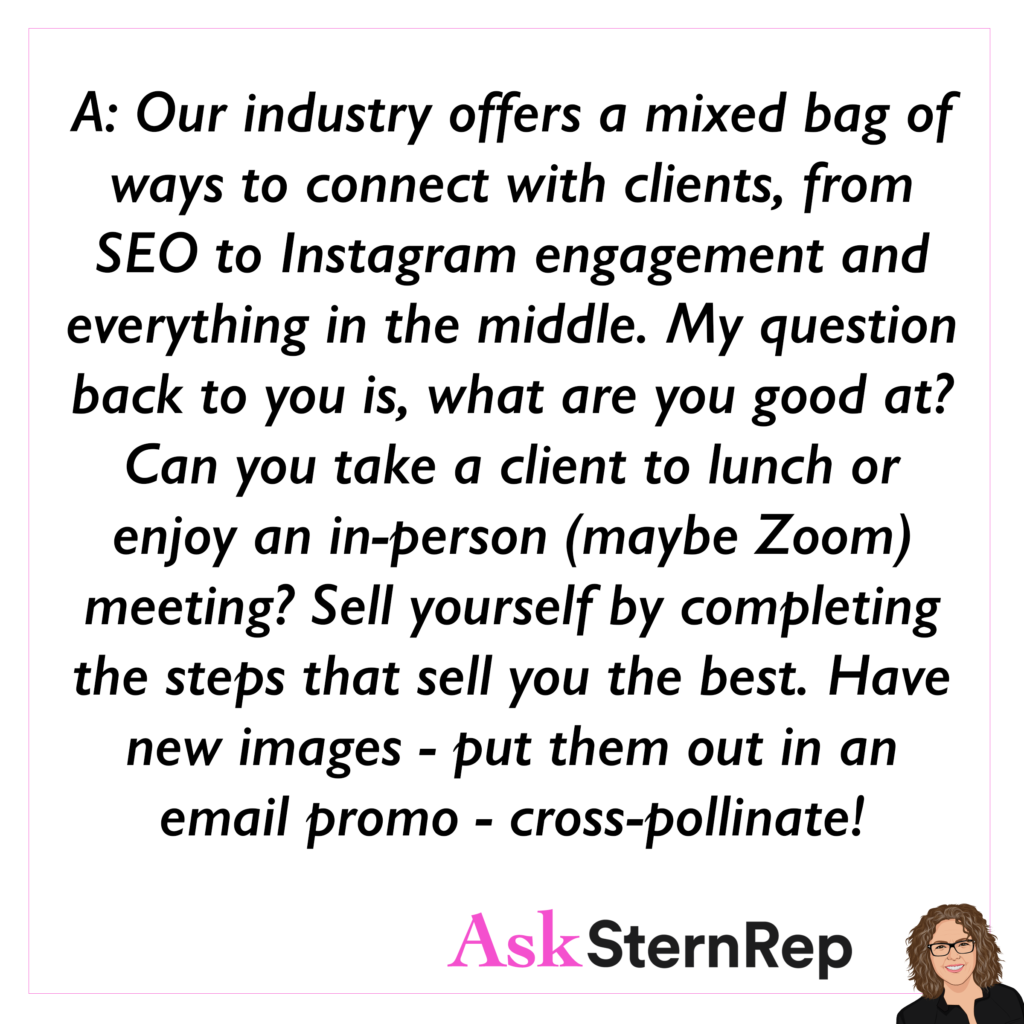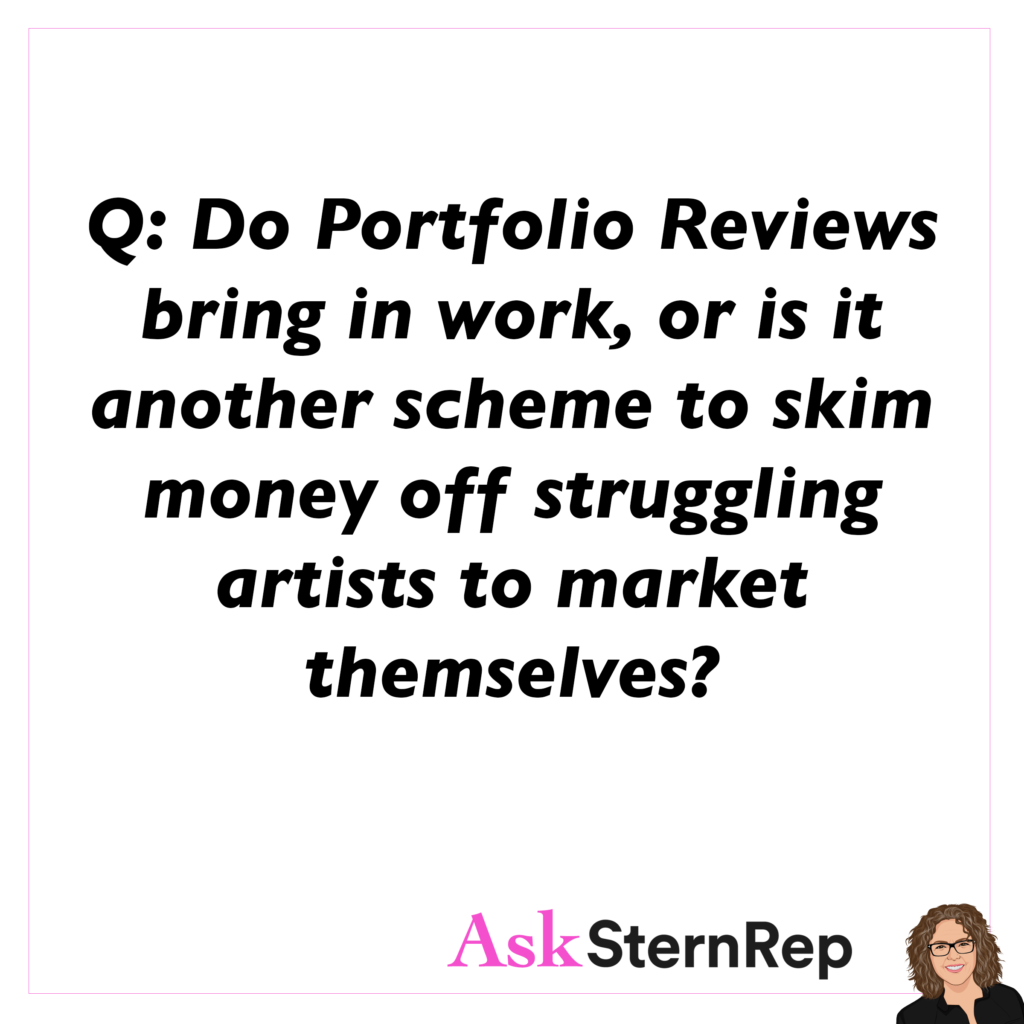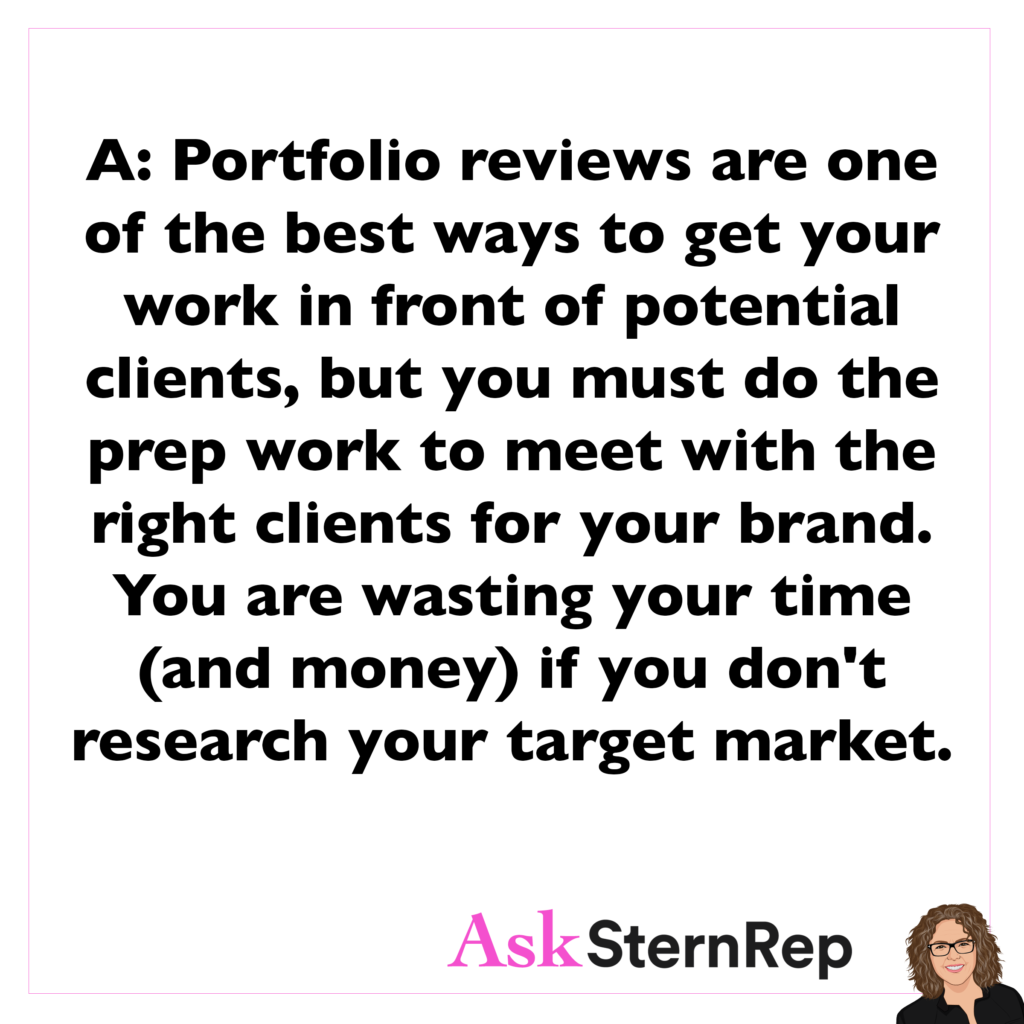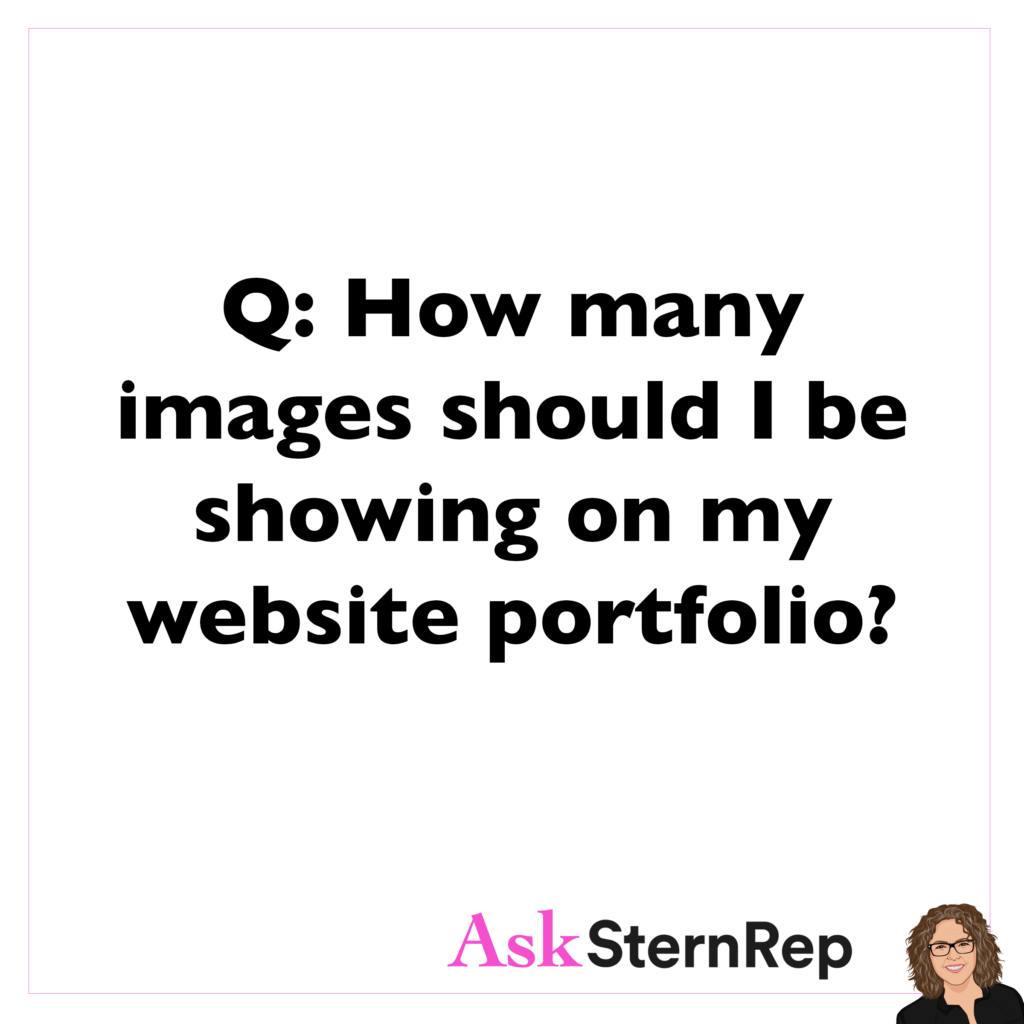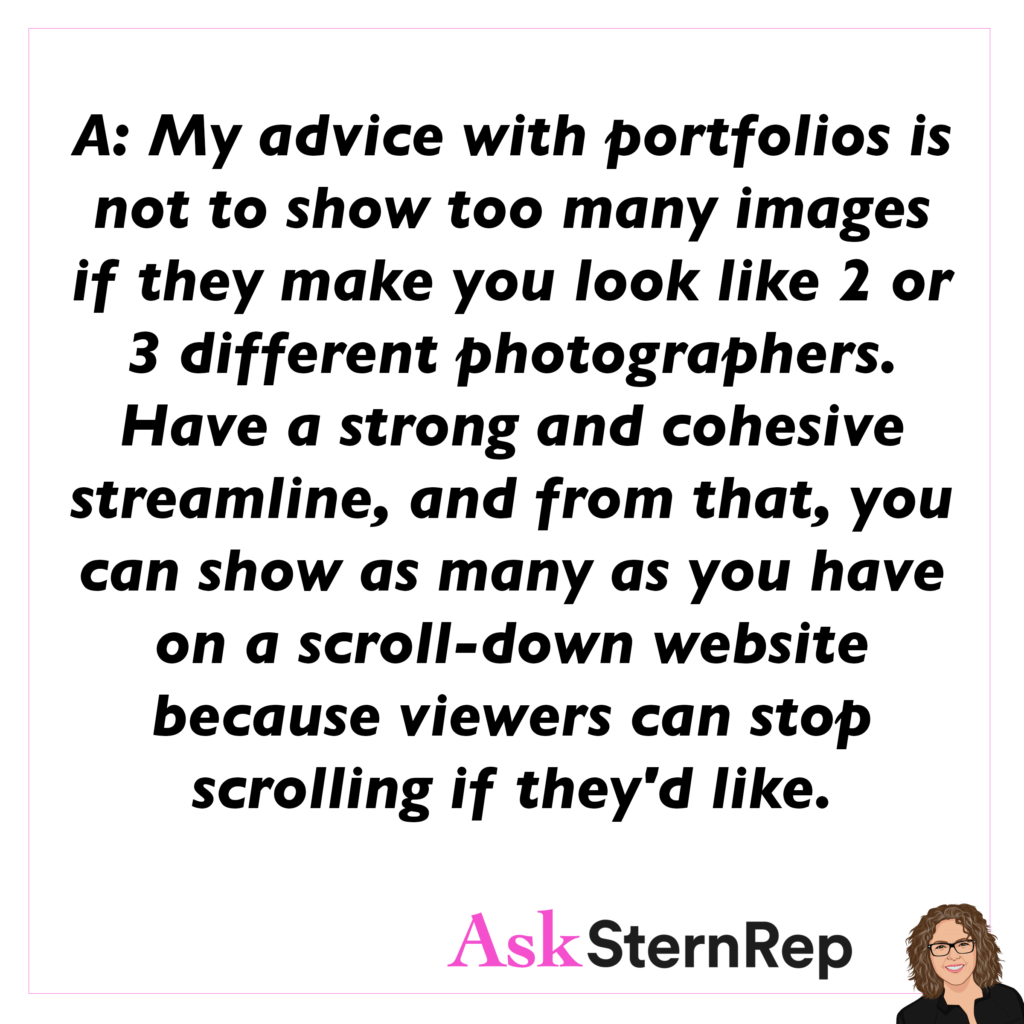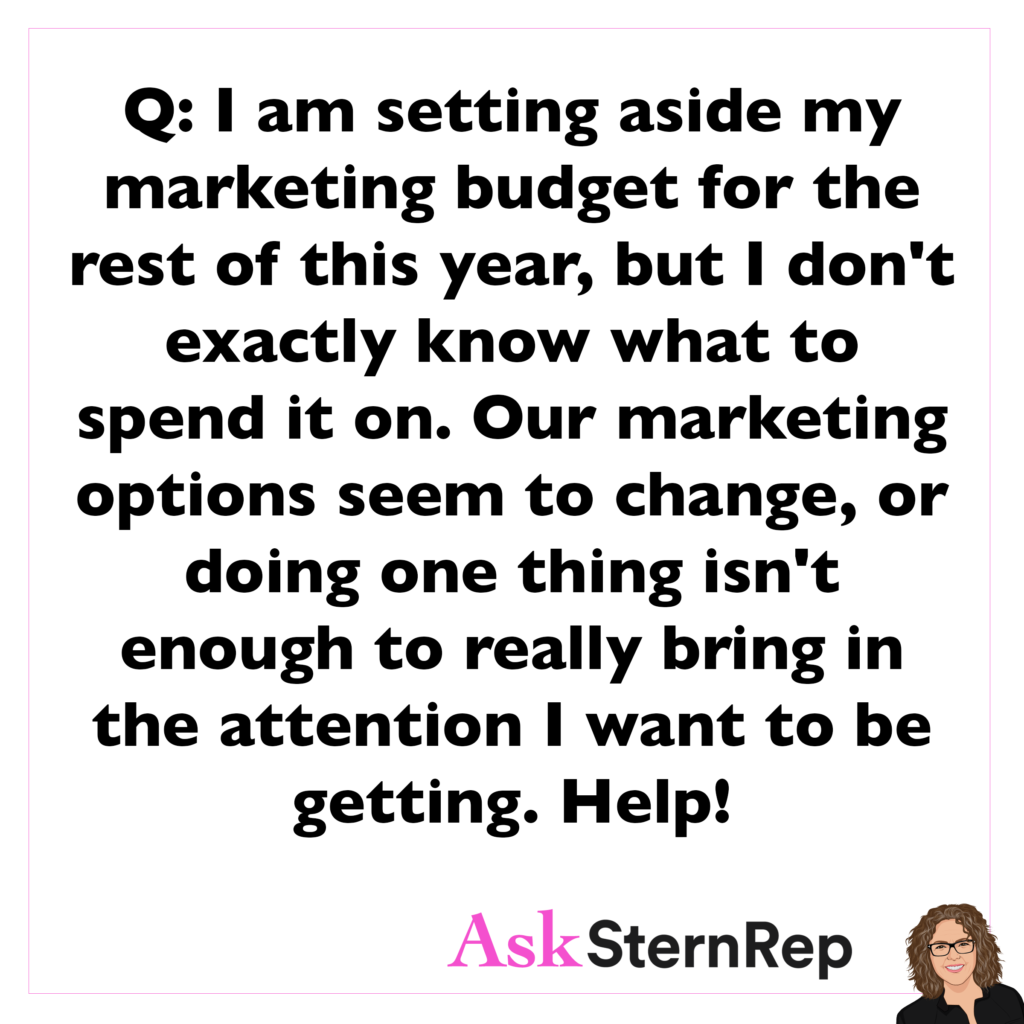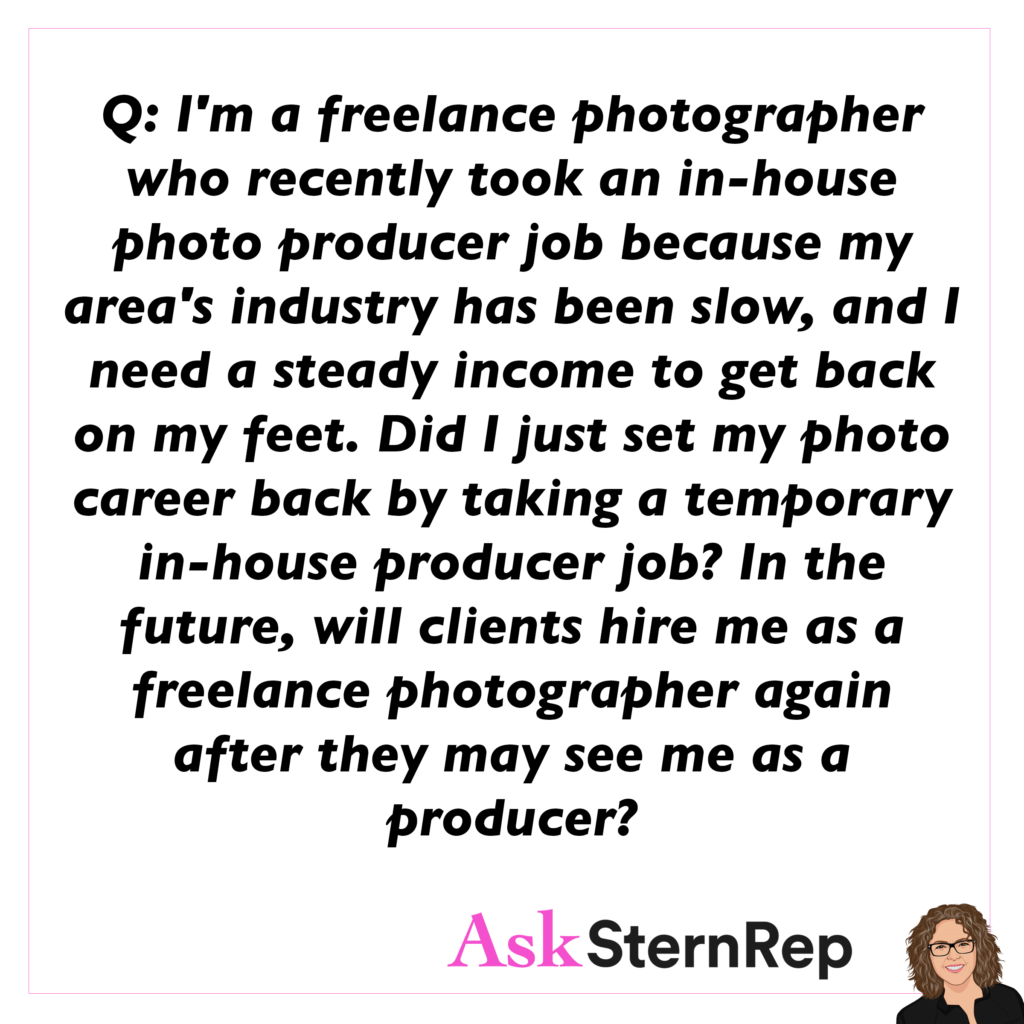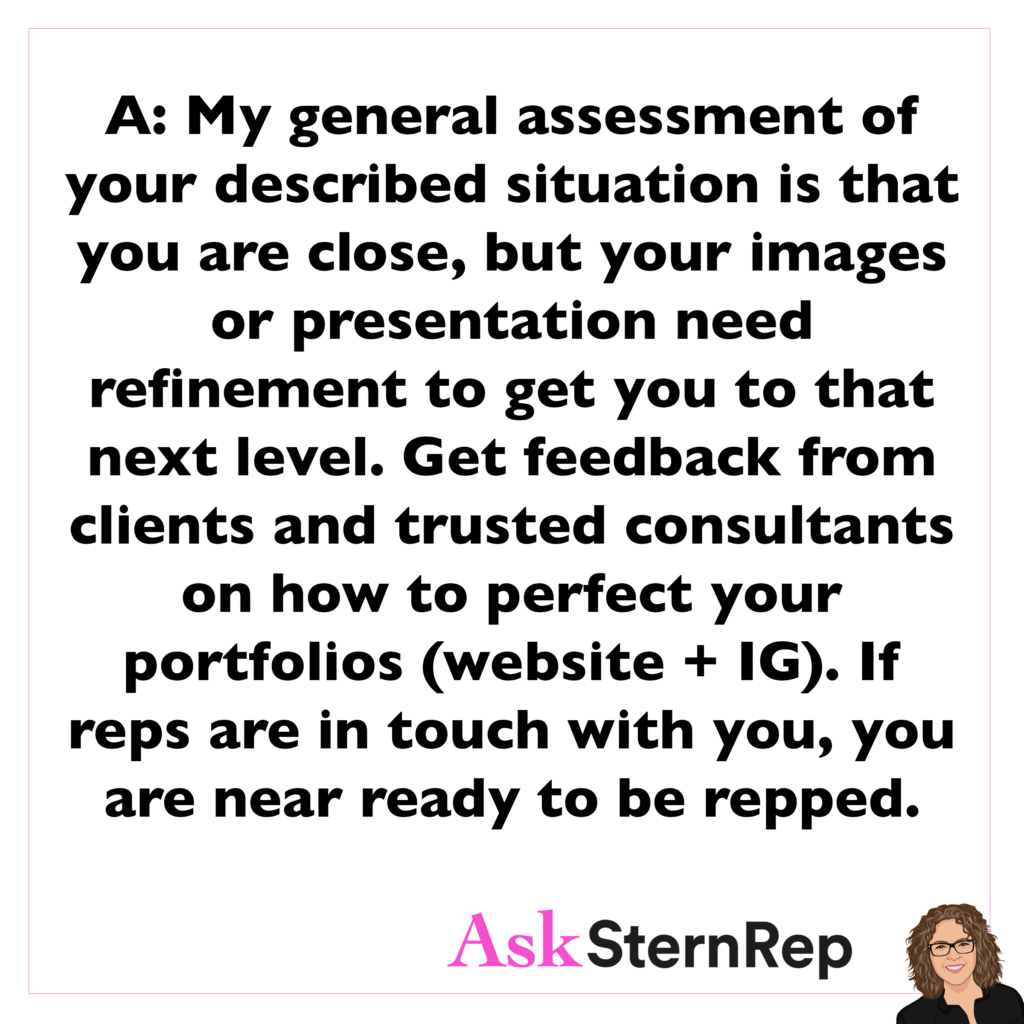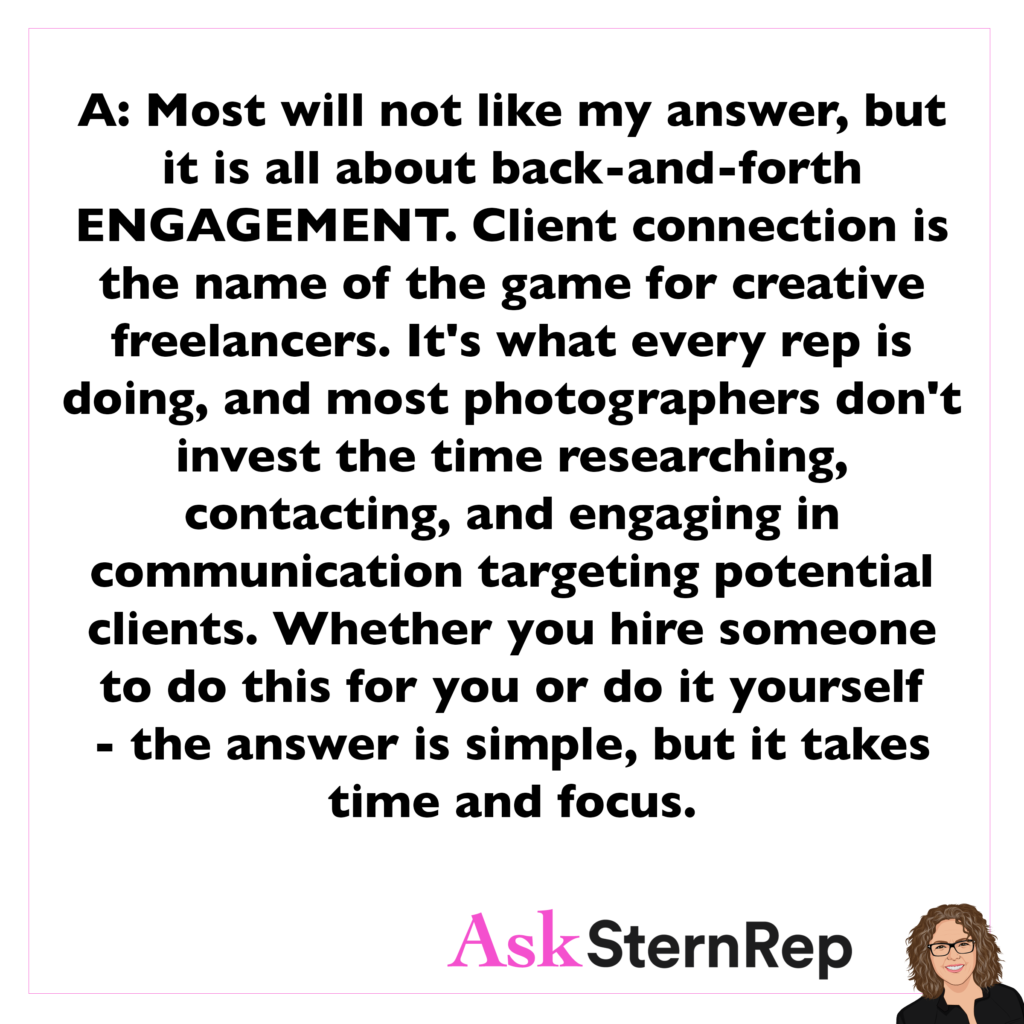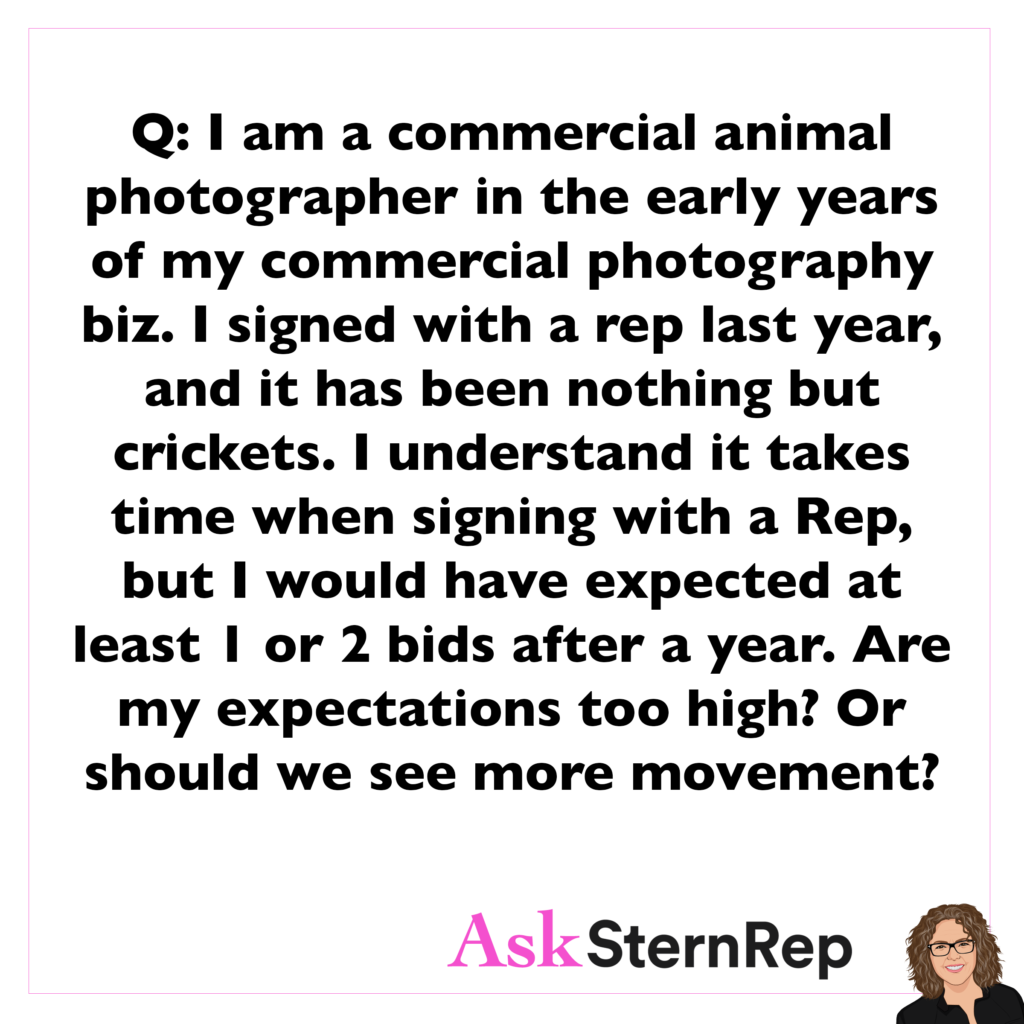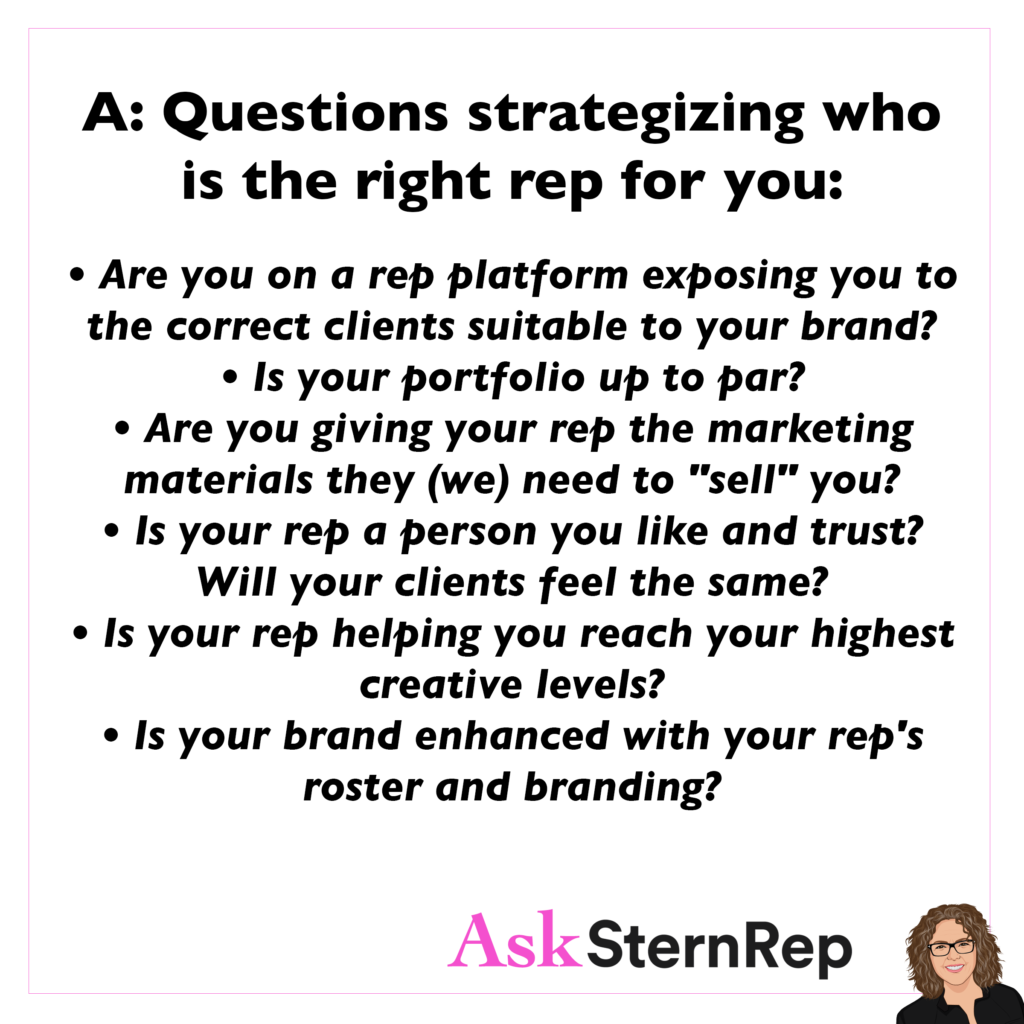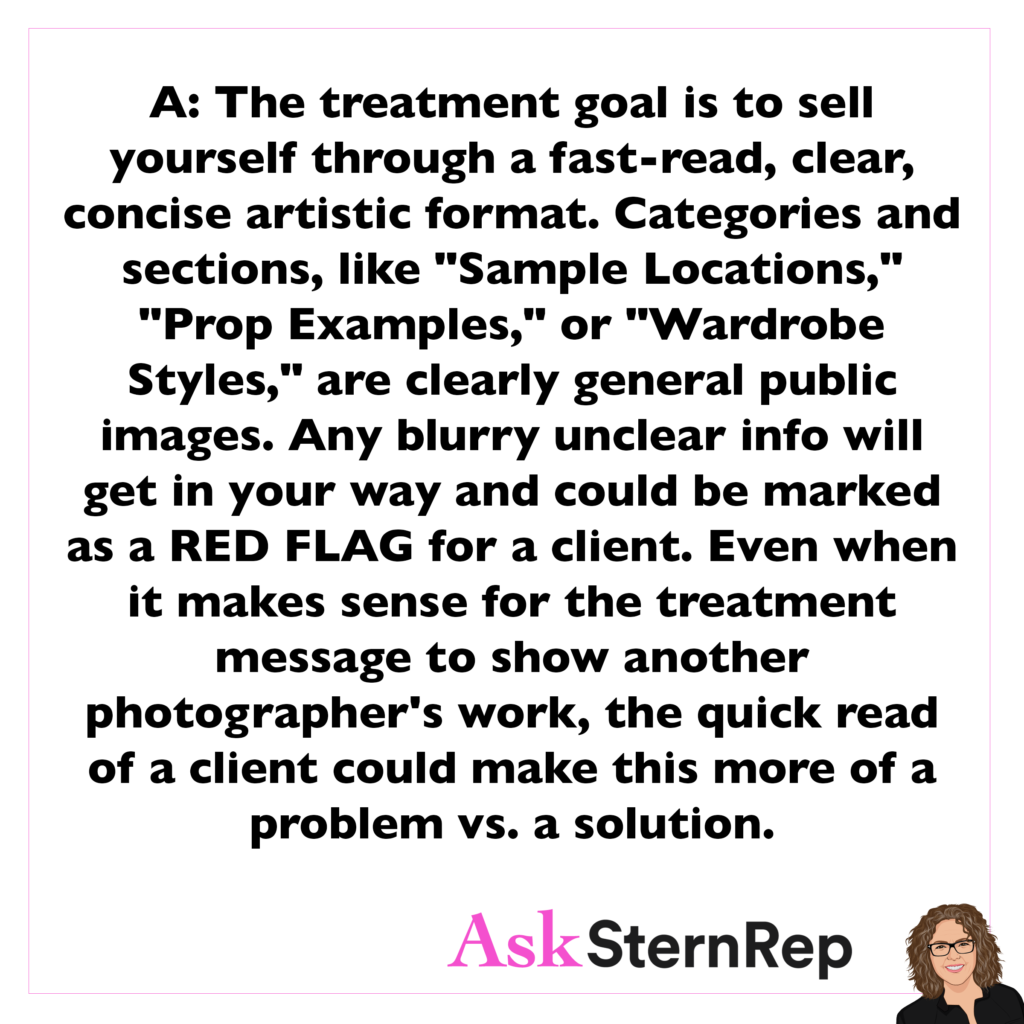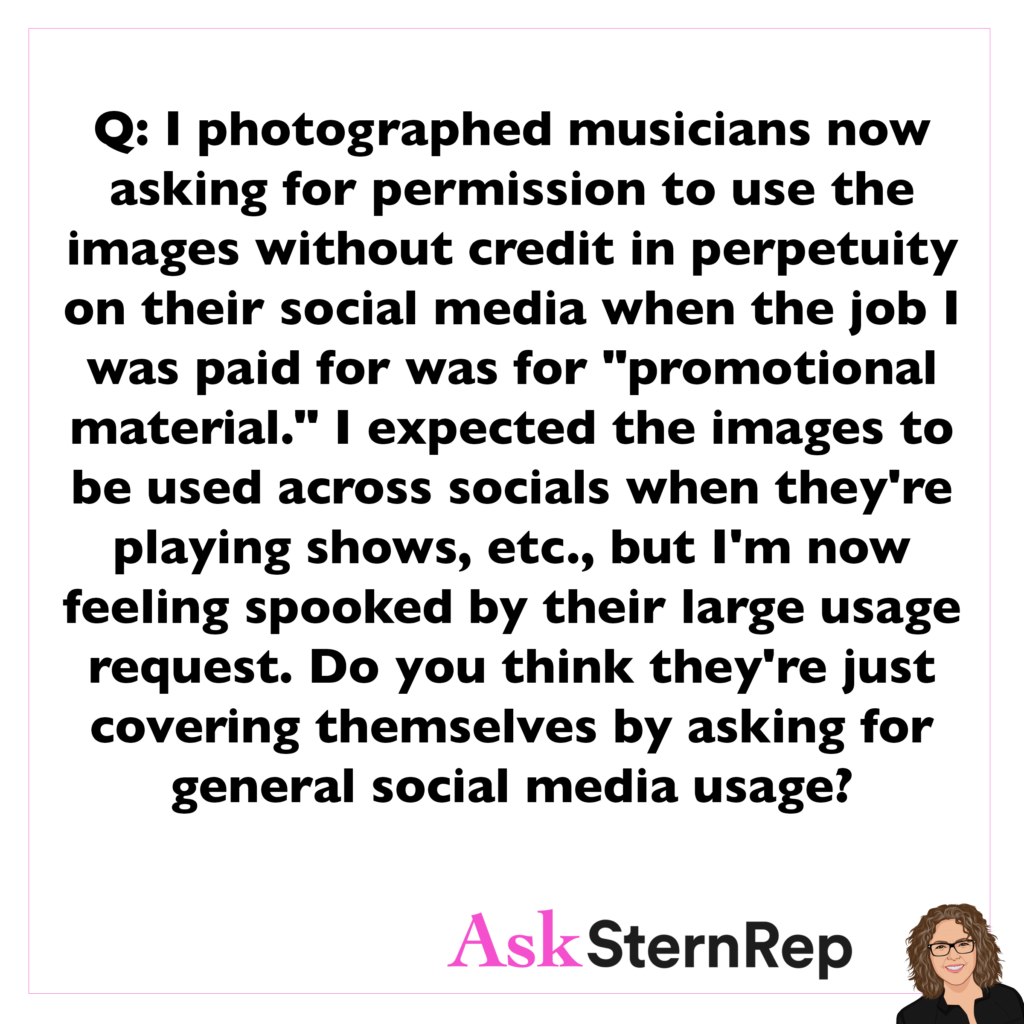
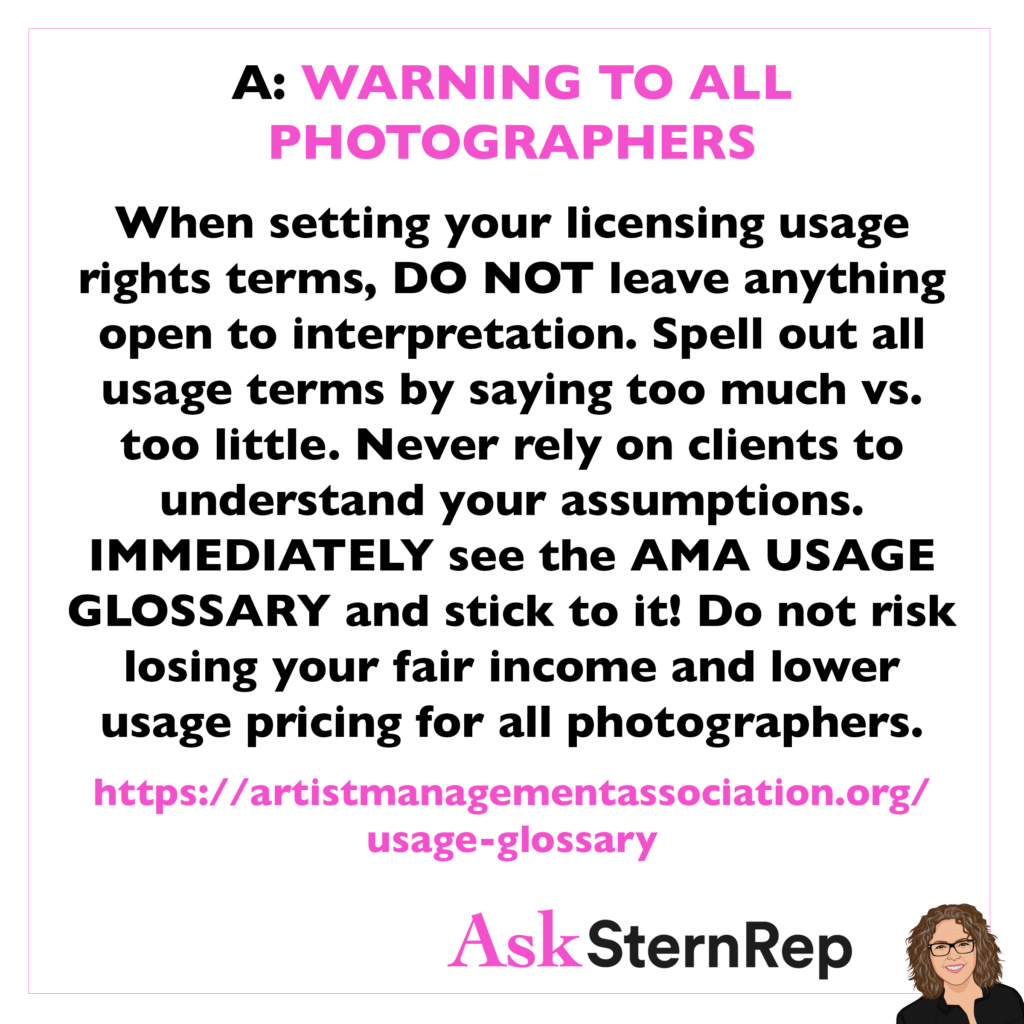
Q:
I photographed musicians now asking for permission to use the images without credit in perpetuity on their social media when the job I was paid for was for “promotional material.” I expected the images to be used across socials when they’re playing shows, etc., but I’m now feeling spooked by their large usage request. Do you think they’re just covering themselves by asking for general social media usage?
A:
WARNING TO ALL PHOTOGRAPHERS
When setting your licensing usage rights terms, DO NOT leave anything open to interpretation. Spell out all usage terms by saying too much vs. too little. Never rely on clients to understand your assumptions. IMMEDIATELY see the AMA USAGE GLOSSARY and stick to it! Do not risk losing your fair income and lower usage pricing for all photographers


